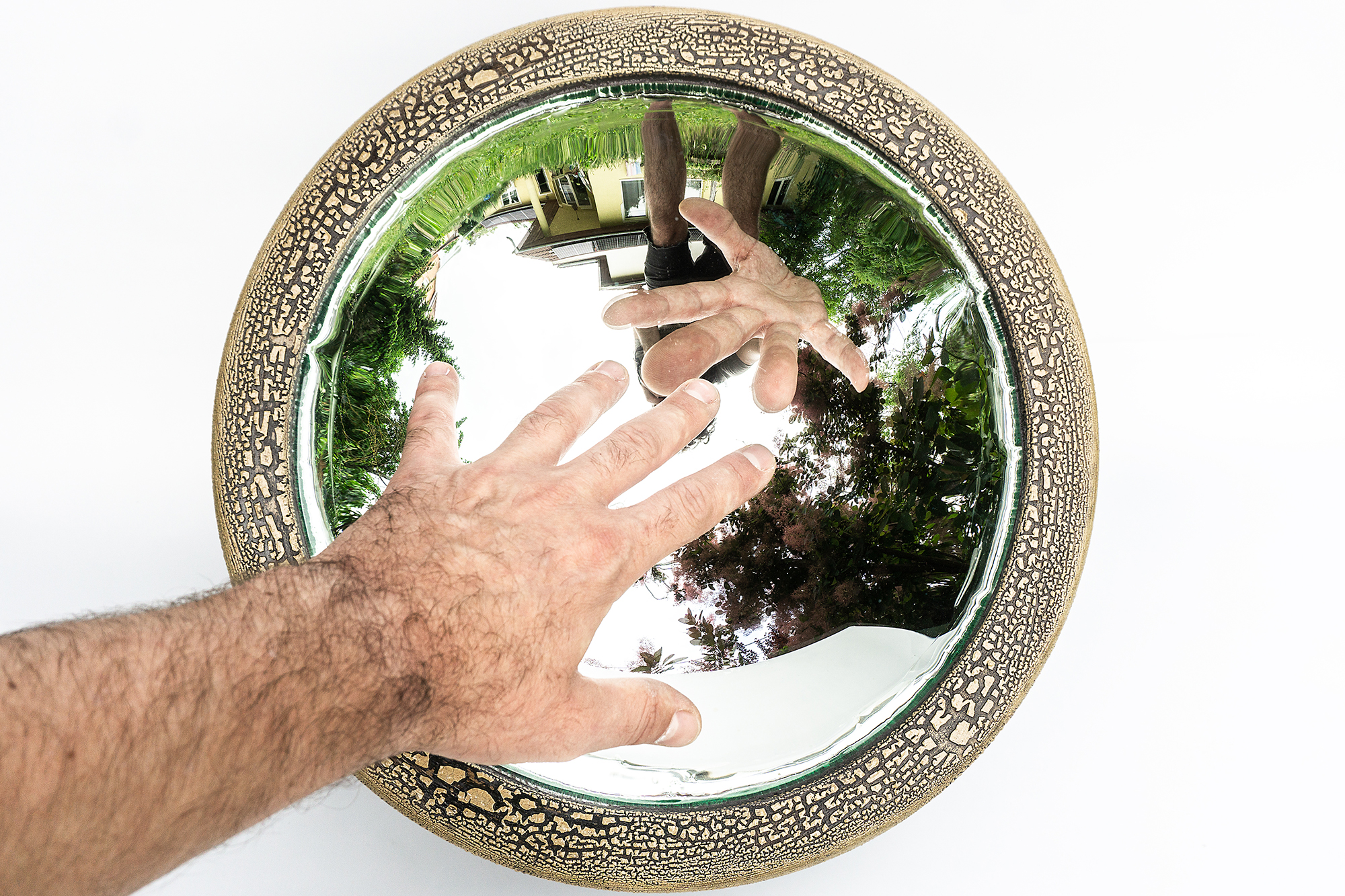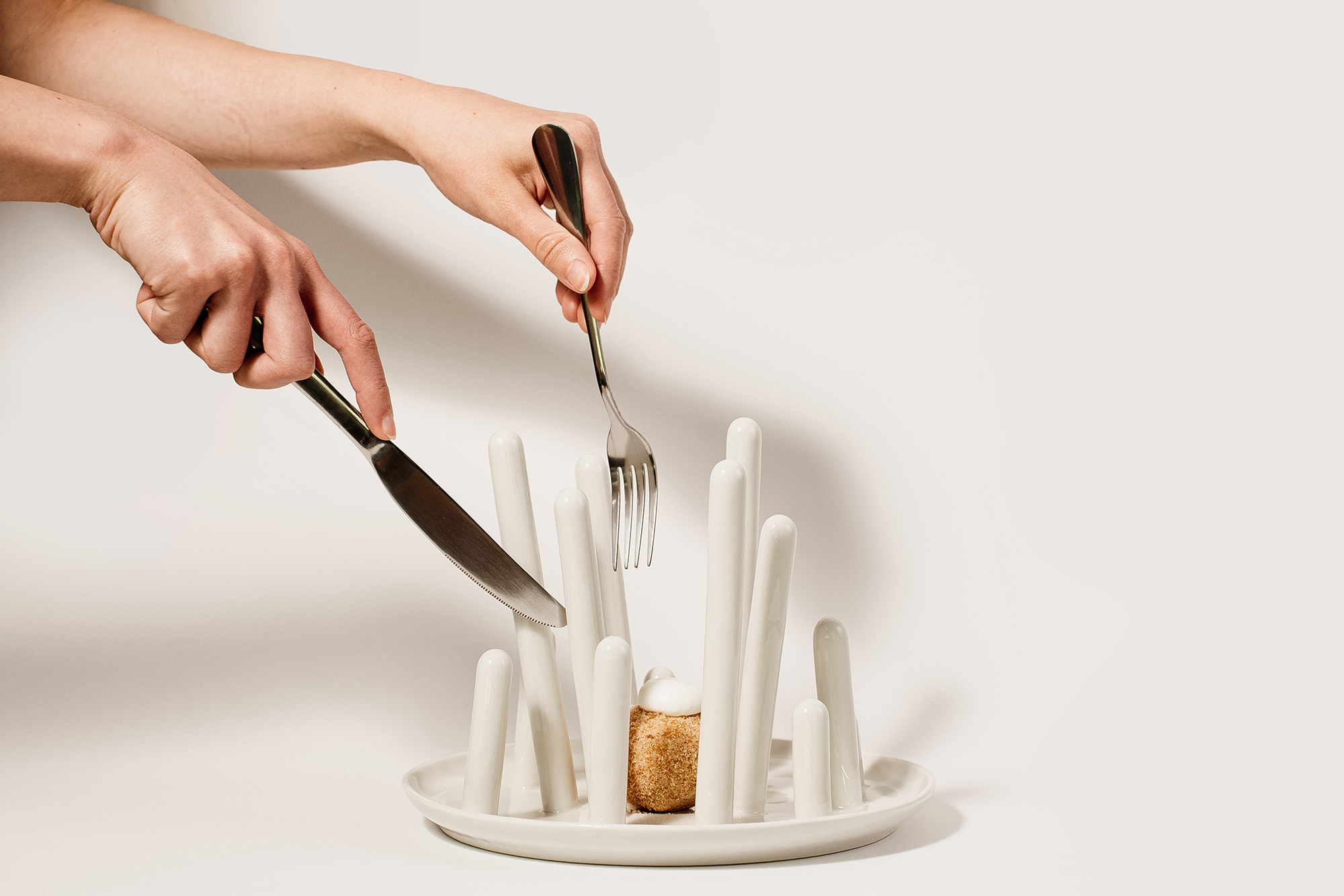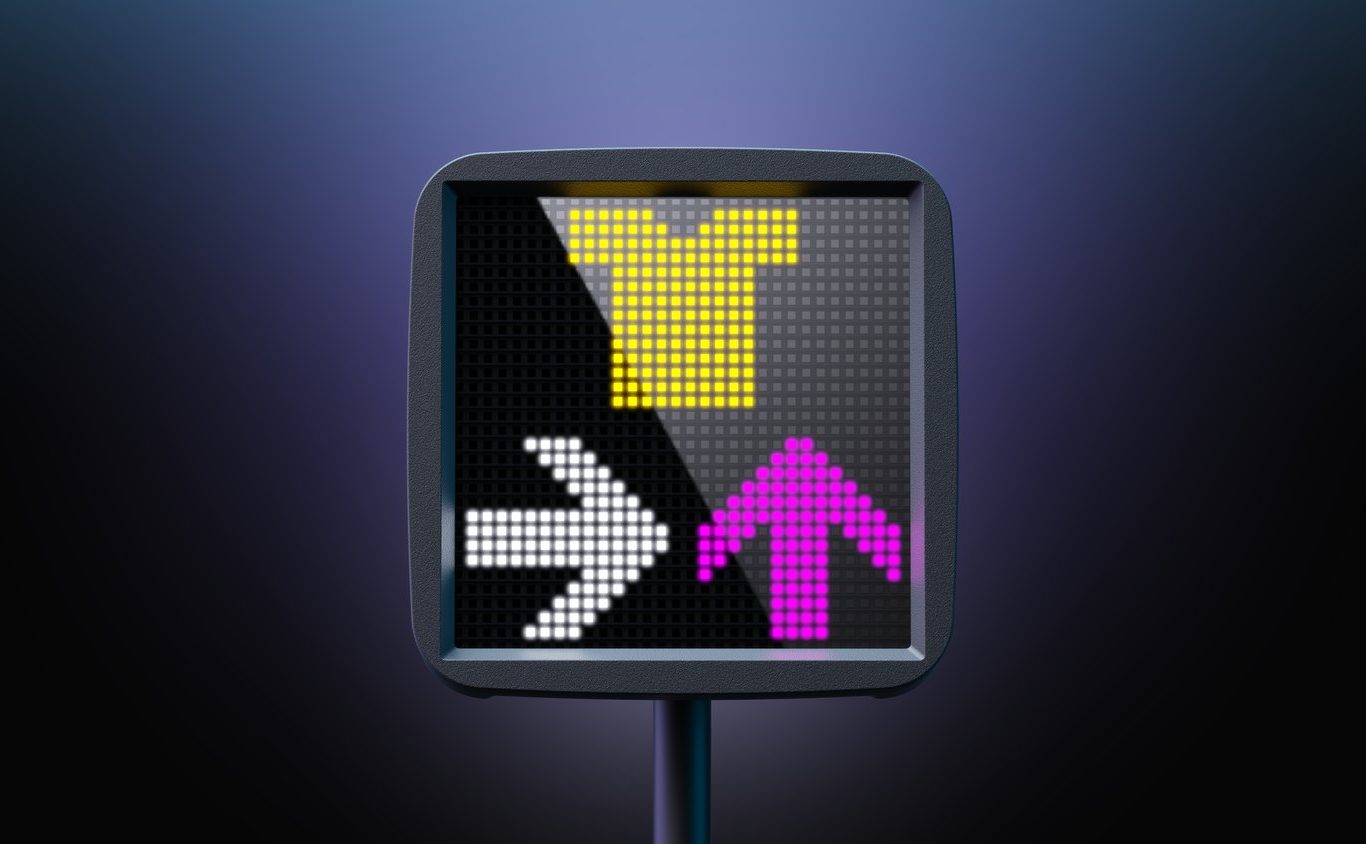

“A designer designs solutions rather than products” – Interview András Húnfalvi
András Húnfalvi is a versatile designer: after graduating as a product designer from the vehicle design specialisation, he went on to found the Flying Objects design studio with Ferenc Laufer, where they continue to work on a variety of diverse projects mostly for clients from Hungary to this day. He considers himself a product designer above all, and in addition to his responsibilities as a designer and owner, has also taken on a teaching role, including contributing to the development of the curriculum of the English language MA programme debuting this year at the Moholy-Nagy University of Art and Design. We discussed the situation of the Hungarian creative industries, opportunities for networking, and last but not least, the vision for the new programme, among other things.

After your return from the bus division of Mercedes in Ulm where you interned, you founded Flying Objects. With a start-up, the zeal and energy of the founders inevitably comes through. According to your website, you are engaged in a variety of activities from digital product design to industrial product design. How can a small studio like that be involved in so many different activities?
I reckon design is a single thing. If you have a consistent vision, you can branch into other areas. Obviously it is important to have experts from all these areas in your team. For this reason, when required by a project, we often engage external professionals. Most of the time it’s me or Feri who’s in charge of product design projects, while projects involving visual communication are managed by Luca Patkós, and the rest are assigned to the competent professionals, such as Anna Naszádi. The important thing is to get the right team together, and then it all comes down to the vision they have.
And this is where the role of the designer comes into play, which is ideally about more than shuffling pixels around.
Of course. Design begins with careful examination of a product or product idea, and asking ourselves how to make it usable, sustainable, and marketable. Oftentimes, designers are expected to look at a project with the eyes of a useful dilettante, and help turn a concept into a viable product.
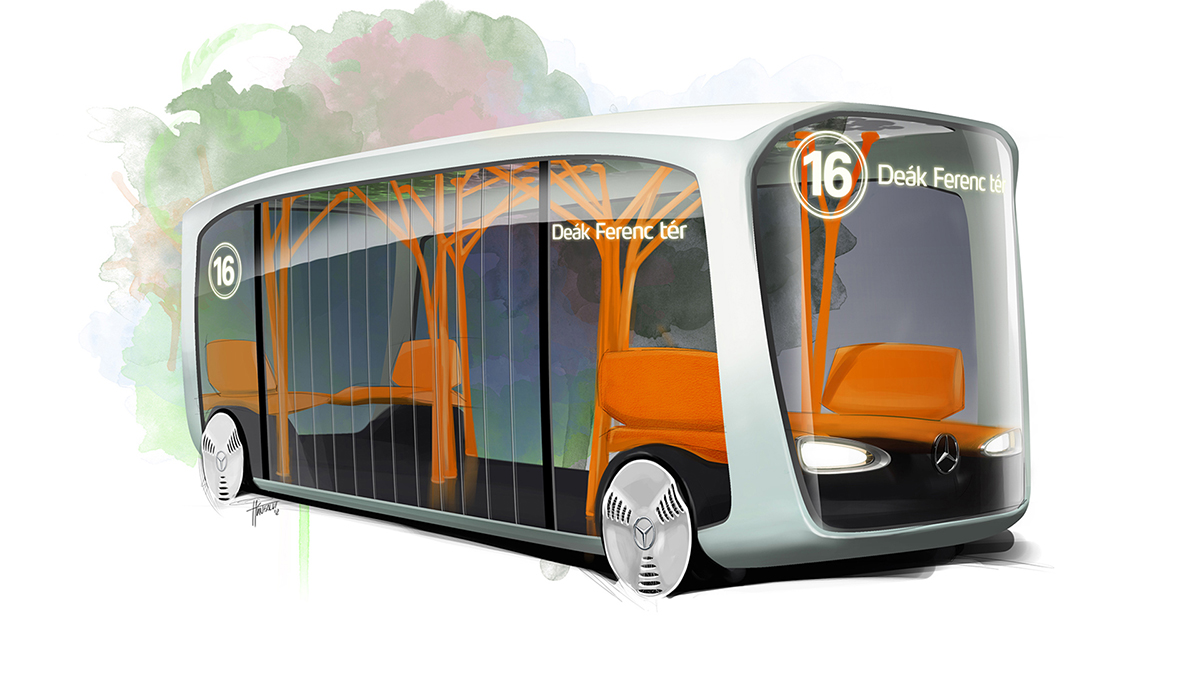
There has been a period recently when market expectations pushed professionals toward specialisation. Digital product design is a case in point, carried out along well-defined competencies. There is a different person for each process such as animations, movements, research, testing, etc. What is your experience – in this age of rapidly changing trends, has the market shifted again, just towards generalists this time?
Looking at the Hungarian market, I’d say yes, here we have more need for design generalists. Looking at Western European, say, German market, the market favours specialists. A lot of our studio’s jobs come from Hungary, and they are pretty diverse.Here, you are considered a good designer if you can dabble in several things, and are well-informed and have the experience to know beforehand what mistakes to avoid during product development. It is also important to know how to find out more about something and have an issue all mapped out. When designing a smart training system, for example, you don’t need to have a lifetime of experience going to football trainings, just do some in-depth research and explore needs. A designer designs solutions rather than products.

Though I have a limited perspective in this regard, what I can see is that there are not many creative agencies who have succeeded in getting to the next level. The Hungarian creative industries are mostly composed of smaller partnerships and microagencies. What are your views on this? Do you see this as an issue or simply a property of the industries?
It is possible to keep it small. Pentagram is an interesting example. Despite being a large company with a great many designers, it implements projects on a smaller scale, with teams of 5 to 8. The company essentially works like a net or umbrella above the designers rather than a gigantic, complex system. When there is a need for capacity, it must be provided of course, but I don’t feel comfortable being constantly dependent on getting the right amount of jobs. Once you reach a certain size, this will always be a key issue.
Does it mean that networking and a creative management of resources represent the middle ground?
Perhaps yes, but when it comes to the Hungarian creative industries, I’d be happier to see a network of even more viable, smaller studios populating the market. Getting managements to take design seriously is often a major struggle to this day. Ideally, design should be positioned next to or even above marketing rather than below it. Hungary in general lacks this culture. There is already some change here and there of course, especially in Western Europe. At least I’ve seen several setups where the creative team or a designer worked in close cooperation with the management. If a management realises the benefits and the designer builds trust, together they can make some really good stuff happen. This would be the goal, to have more people see the added value design can bring, from service design to internal processes.
What can bring us closer to achieving this corporate design approach?
Communication and persuasiveness. That’s why I always say persuasion is a much more important quality for a designer than design skills.
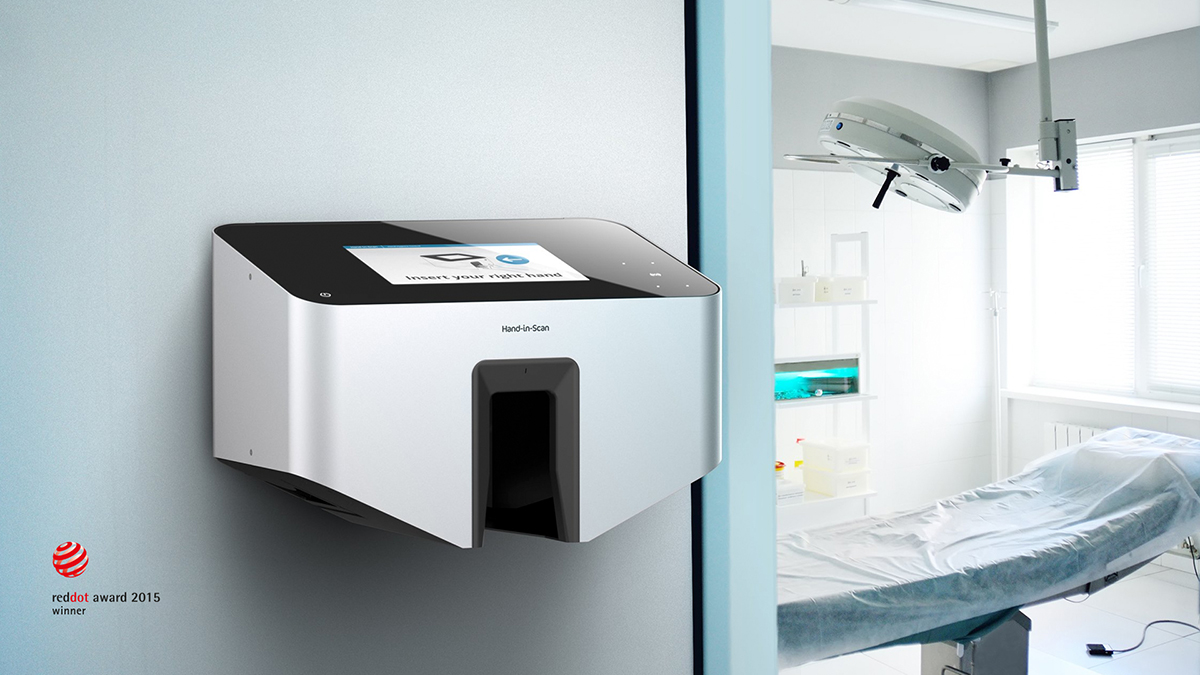
Beyond market issues, there are also ecological and social aspects. Recently we have started to face up to the role that our revved up object culture plays in shaping the world. However, there is still a tendency to escape forwards into production – the economic frameworks are in place. How do these dilemmas affect you as a designer?
A designer often ends up asking themselves what need there really is for their work, whether quitting wouldn’t be for the best, whether they should talk everyone out of product development. In reality, this type of critical thinking also belongs to what a designer does. We also had jobs that we didn’t want to take, where the product made no sense. So we literally tried to talk the client out of making it in the first place. Oftentimes, we need to design what should not be done.
How did the story end?
Looking back over the last couple of years, we haven’t seen them on the market. Probably for a good reason.
Can this approach to designer responsibility also impact object culture? There is the argument that if you don’t take the job, someone else will. For twice or half the money, in inferior quality, etc.
I believe in taking the jobs that you agree with. I don’t reckon anything good can come out of designing a product you don’t feel is viable. What makes sense is to create something better, more sustainable, and more meaningful. Do I want to unload another product on the world or not? If I say yes, and I have an idea how to make it with a reduced ecological footprint and in a more economic format, than I have made my contribution. But for this I’d still need to essentially agree with the objective of the project.
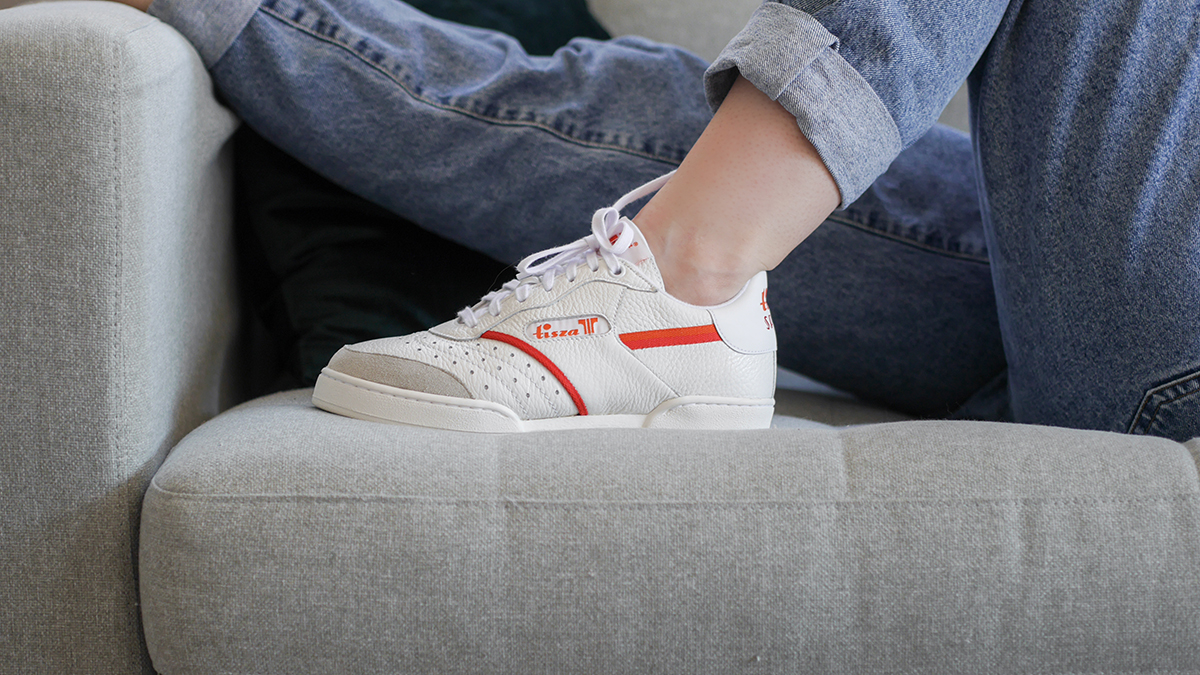
I honestly do not mean to provoke, but you often see brands spending millions to come out with a product that’s just another in many thousands and optimised to the teeth. Let’s say a shoe sole that is hardly any different from what came before. Is there really a need for these?
Of course there is. Many times, these are the developments that start out as a start-up and later turn into a large corporation. Designers who work for independent studios oftentimes help turn new technologies into products. Even though the product will never make it to market, it will spark the interest of a multinational company, which will buy it and integrate it into their own portfolio. You can’t stand against the giants. All you can do is help unlock the full potential of an innovation.
Looking at it from an educational perspective, founding a start-up as a university student and entering the market with your own business as a fresh graduate could be a functioning strategy. How realistic is this scenario?
I haven’t seen too many good examples, but there’s a possibility of it working out fine. Regardless of everything, it is very useful to learn how to write a business plan and make a pitch. If you’re smart about it, you can gain some useful experience. You spend a few years developing something, and in a worst-case scenario, it’s not a success. Most of the time, start-ups go bust and fail, and only rarely make it. Without wanting to sound negative, the goal for a start-up is not necessarily to get a huge capital infusion and conquer the market, but rather to help young designers learn what the design process involves. We learned this back then just the same and were able to use it later.
If I understand you right, you would not shift the higher education focus towards turning universities into market-oriented hubs.
If someone has this ambition, they should go ahead and do it, but it’s not necessarily what I stand for. The top priority is to have designers with the right thinking, insightfulness, and perceptiveness graduate from the university, who ask the right questions. And of course they also need to have loads of perseverance and courage to come forward with an idea, and convince a client, a jury, a decision maker. Persuasiveness, insight, structured thinking – if you have it all, you’re mostly set.
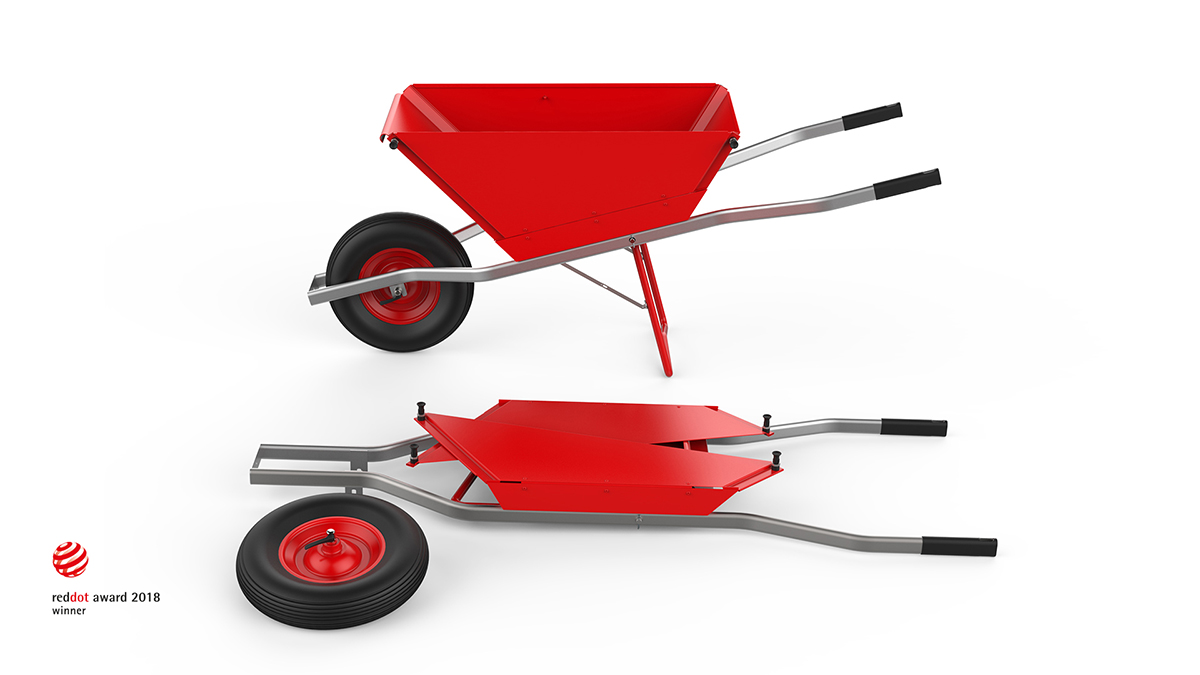
Granted, manual techniques are a slightly old school subject, but you also belong to a generation that was sitting in front of a computer screen from day one. Democratisation of design has more or less taken place as a result of design software becoming widely available. Does manual design still come to play a role at all?
When you have an idea, I think it’s important to be able to put it on paper. Being able to make a sketch of what’s in your head during a meeting could be a gamechanger. In addition, it can be very educational for a designer to be able to improve their visual communication using a variety of tools. When we visited the Netherlands as students 12 years ago, we were instantly herded into the workshop. We pulled out our shiny renders of small furniture and were told that it was all fine and dandy, but could we please make them physically as well to see if they also worked in real life.
Speaking of the Netherlands, you were responsible for the curriculum of the Mobility specialisation of MOME’s English-language Design MA together with your co-head of the programme Dániel Ruppert. I figure you did more than just translate the curriculum for the existing programme.
Since we took over the programme with Dani in 2019, we have sought to shift the focus from only cars and bikes to a wider spectrum of mobility. We are now at a point where we see demand for making this programme available to foreign students. We want to be surrounded by students who are invested in exploring the future of mobility. They do not necessarily need to aspire to become car designers, it’s good enough if they are focused on the future and mobility.
So on the one hand, you encourage prospective students to find what they are interested in, and on the other, there’s a broader design context you designated for them as a creative space for growth and experimentation.
We want the future generation of designers to have a good understanding of projects from the perspectives of people, planet and prosperity. Not just let loose and design whatever they feel like, but to be aware of the impact they would have.
From the outside, this triple approach of people, planet, prosperity seems to be a value commitment in fact, a filter placed over the conventional approach related to the discipline.
We have done a lot of work to fine tune focus areas so it can be applicable to both mobility and strategic design. By being able to formulate and articulate these values, we can perhaps also encourage students with a more general mindset when it comes to shaping the world to apply. Ultimately, this is what prospective designers will be asked to do – create a vision, set a path.
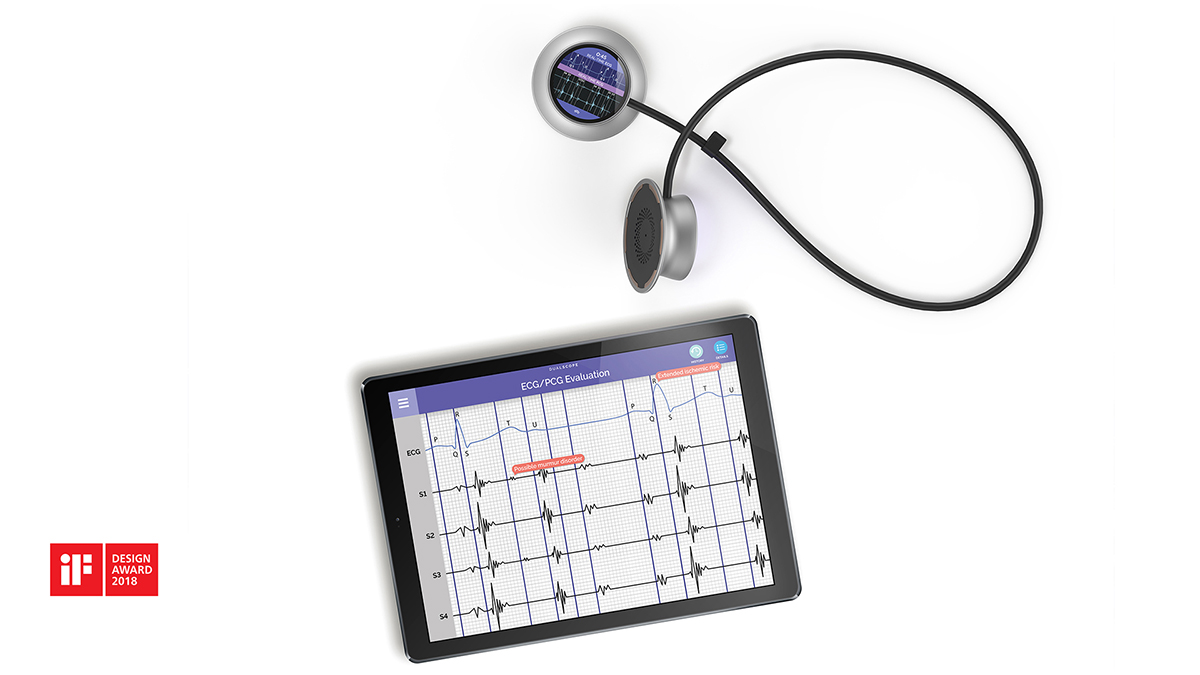
// /
Find out more about the Design MA HERE!
